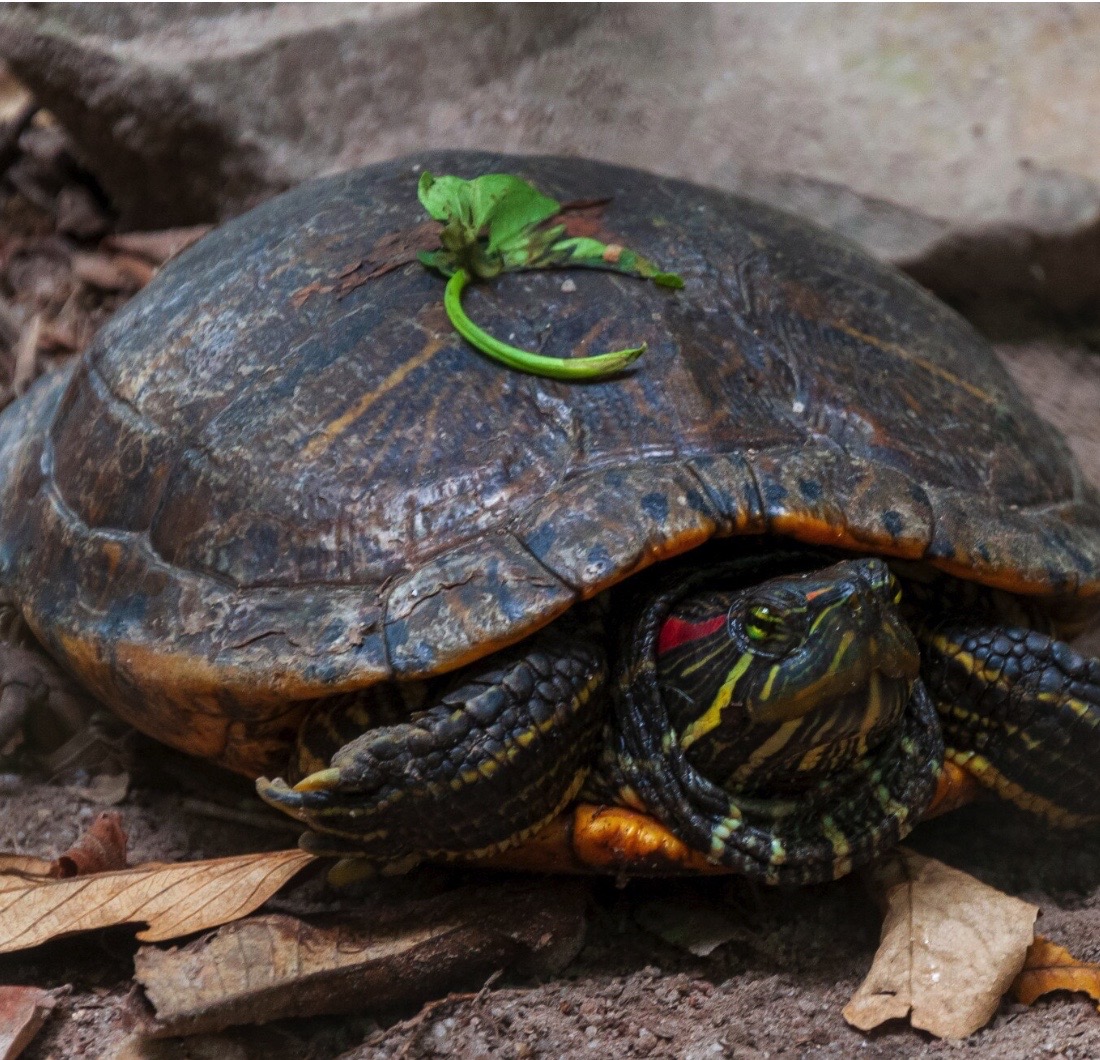Review of the distribution, population trends, threats, and conservation options for the endangered Zambezi flapshell turtles (Cycloderma frenatum Peters, 1854) in range states

All claims expressed in this article are solely those of the authors and do not necessarily represent those of their affiliated organizations, or those of the publisher, the editors and the reviewers. Any product that may be evaluated in this article or claim that may be made by its manufacturer is not guaranteed or endorsed by the publisher.
Accepted: 14 March 2024
Authors
The endangered Zambezi flapshell turtle, Cycloderma frenatum Peters, 1854, is endemic to southern and eastern Africa. Habitat ecology and usage are not well known for the Zambezi flapshell turtle, although its population has been reported to have undergone massive declines in recent years. This review examined the i) population trends, ii) habitat range shifts, and iii) threats and conservation options for the Zambezi flapshell turtle in its range states. The species is data deficient because of a lack of assessments of trends in population size and distribution. Trafficking, overfishing, poaching, habitat degradation, and infrastructural developments in riparian zones affect the distribution of the Zambezi flapshell turtle. Conservation options such as deterrent punishments and protection of aquatic habitats are important, although they need to be consistently implemented. Carefully managed harvest plans supported by captive breeding, highly controlled incubation of eggs, hatching of larvae, and remotely sensed tracing of specimens to curb trafficking are potentially effective conservation options for the Zambezi flapshell turtle. Inclusion in international wildlife trade regulations, integration of local ecological knowledge into management, and development of connectivity conservation strategies are priority actions for sustaining the Zambezi flapshell turtle populations across the shared basins where it is endemic.
How to Cite

This work is licensed under a Creative Commons Attribution-NonCommercial 4.0 International License.
PAGEPress has chosen to apply the Creative Commons Attribution NonCommercial 4.0 International License (CC BY-NC 4.0) to all manuscripts to be published.







